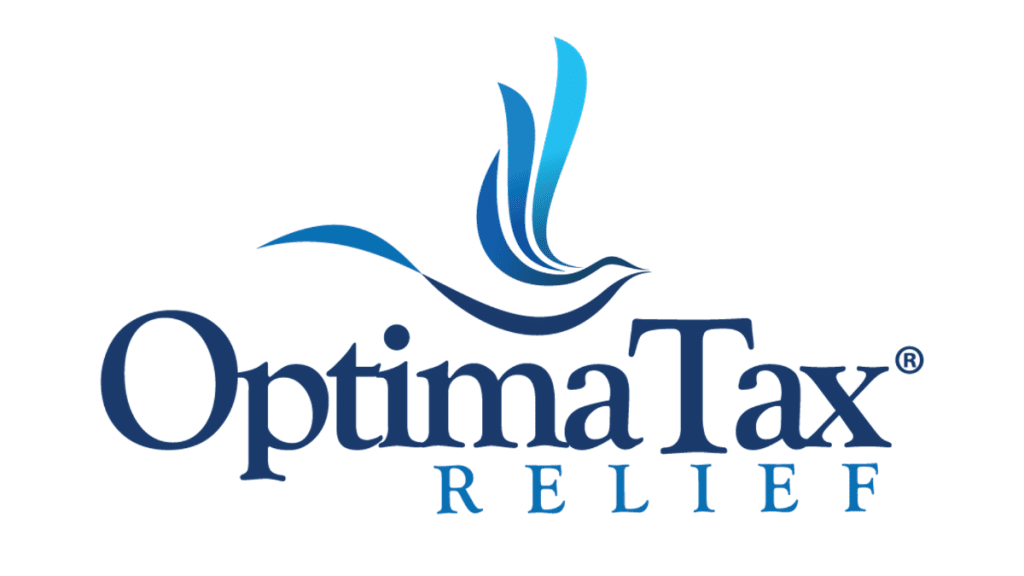The IRS has announced a significant adjustment to its 1099-K reporting requirements for 2025, setting the reporting threshold at $2,500. This change comes alongside a postponement of the planned implementation of the much-debated $600 threshold, now slated to take effect in 2026. Optima Tax Relief reviews the IRS announcement and explains what it means for small businesses and sole proprietors.
What is Form 1099-K?
Form 1099-K is issued to taxpayers to report payments received through third-party payment processors, such as PayPal, Venmo, or other similar platforms. Initially, the IRS planned to lower the threshold for issuing a 1099-K from $20,000 and 200 transactions to just $600 with no transaction limit, a change introduced by the American Rescue Plan Act of 2021. However, the IRS faced criticism from small business owners and casual sellers, citing concerns over administrative burden and confusion.
In response, the IRS previously delayed the $600 threshold implementation for 2023 and 2024. Now, the $2,500 threshold for 2025 reflects a middle-ground measure intended to ease the transition toward stricter reporting requirements.
Who Will Receive a 1099-K?
Taxpayers who earn more than $2,500 in gross payments through platforms like eBay, Etsy, or Stripe will receive a Form 1099-K for 2025. Payments for non-taxable transactions, such as splitting bills or reimbursing friends, should not be included. However, discrepancies in reported amounts can occur, and taxpayers should be prepared to explain or correct such issues.
How is Form 1099-K Sent?
Taxpayers will receive Form 1099-K from the third-party payment platforms or payment settlement entities they use. These entities are required by law to issue the form to taxpayers whose gross payments meet or exceed the reporting threshold—$2,500 for 2025. Here’s how the process typically works.
Delivery Method
Most payment processors send a physical copy of Form 1099-K to the taxpayer’s registered mailing address. However, many platforms also provide electronic versions of the form, which can be downloaded from the user’s account on the payment platform’s website or app.
When to Expect It
Forms are usually sent by January 31 of the year following the tax year. For example, a 1099-K reporting 2025 payments should arrive by January 31, 2026.
Requirements to Issue
The payment processor will issue the form if the taxpayer’s gross payments for goods or services exceed the reporting threshold, regardless of the number of transactions. Taxpayers may need to provide a Taxpayer Identification Number (TIN), such as a Social Security Number (SSN) or Employer Identification Number (EIN), to ensure proper reporting.
What This Means for 2025
For the 2025 tax year, taxpayers will receive a Form 1099-K if their gross payments exceed $2,500. Unlike earlier thresholds, the number of transactions is no longer a factor—only the total gross amount of payments matters. This change reduces the reporting burden for casual sellers but ensures that significant income through third-party platforms is still reported to the IRS. Remember, the amount reported on 1099-K is not necessarily the amount that is taxable. You can still deduct any eligible business expenses from the reported amount.
What to Do If You Don’t Receive a 1099-K
If you believe you should have received a Form 1099-K but don’t, you should log in to your payment platform account to check if an electronic copy is available. You may also contact the payment processor directly to inquire about the form. Even if you don’t receive a Form 1099-K, you are still obligated to report all taxable income.
Keep thorough records of all transactions, including invoices, receipts, and proof of expenses. This documentation is essential for accurately calculating your taxable income and supporting your tax filings in case of an audit. If you receive a 1099-K with errors—such as misclassified personal payments—you should contact the issuing payment processor promptly to request a correction. Retain detailed documentation to substantiate your claims.
Preparing for 2026
The temporary $2,500 threshold offers a transition period before the $600 threshold takes effect in 2026. Taxpayers should use this time to implement robust record-keeping practices and seek professional advice to ensure compliance with the upcoming changes. The IRS emphasizes that understanding Form 1099-K and the evolving reporting thresholds is critical for anyone using third-party payment platforms. Staying informed and proactive can help taxpayers avoid penalties and navigate these changes effectively.
